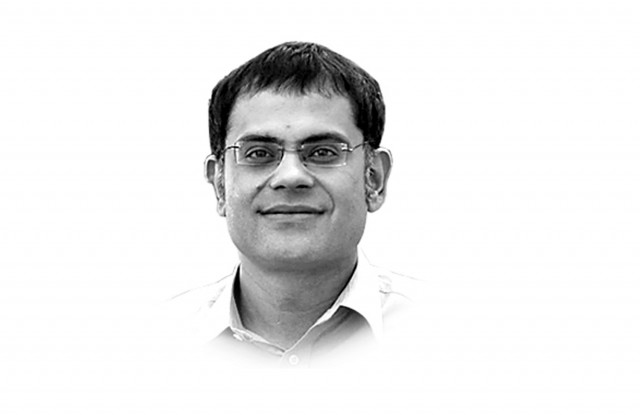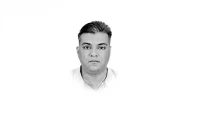When rickshaws turn jihadi
Lahore’s rickshaws have gone from displaying poetry to advertising burnt bodies of Gujarat, Samjhauta express...

When rickshaws turn jihadi
On our highways, the truckers have been glorifying Gen Ayub Khan (1958-69), Pakistan’s first military dictator and a few politicians. Popular art has also challenged orthodoxy by drawing the legendary Buraq (an angel) and several Sufi saints and their miracles. Traditionally, the auto rickshaws were useful vehicles of party propaganda during election times with little loud speakers. However, the rickshaw owners would return to their original passions — love poetry that bemoaned a heartless beloved, wisecracks and of course, secular expressions of angst. During the last decade, Lahore’s rickshaws, not unlike the country, are undergoing a not-so-subtle metamorphosis.
First came the aggressive marketing of religious congregations. Advertising for private tuition centres and faith healers followed. In the recent months, this space has been appropriated by the messages of the Pakistan Defence Council. This coalition of rightwing extremism, articulating an anti-India and hate-America agenda has been rather inventive. Countless rickshaws in Lahore and its surrounding areas advertise the burnt bodies of Gujarat and Samjhauta express victims. The common slogan loosely related is: “There can be only one kind of relationship with India (Bharat); based on hatred and seeking revenge” via jihad. India’s alleged theft of our waters is also highlighted ad nauseam.
During 2011, these messages have been flashing across Lahore. This sort of campaign is obviously ‘sponsored’ and those behind it are too powerful for any authority to take note of. The political party, which rules Lahore, entered into a historic agreement with India’s Prime Minister Atal Behari Vajpayee in 1999 and is committed to peace with India. The federal coalition comprising the PPP, the ANP and the MQM are all in favour of establishing peaceful relations with India and advancing the trade agenda. In fact, the ANP and the MQM have been accused of being soft on India and their party leaders’ statements have been called into question by the hyper-nationalists.
If almost all of people’s representatives in parliament do not agree with the shenanigans of the PDC which some call a proxy of Pakistan’s de facto rulers — the various arms of the ‘Deep State’ then why are they not countering this onslaught of propaganda that gets into popular domain via live transmission of PDC rallies, through popular art and even social media? How much can civil society — that is afraid of extremists — do when those enjoying power at the centre and provinces are not willing to stick their necks out?
Why is the Lahore city administration not taking note of these vile messages? Some of the images are visually disturbing for children who are frequent users. Is there no other way to articulate our concern for water scarcity and ‘war’ with India? Extremism is slowly destroying the culture Lahore was once proud of.
Newer and popular expressions of jihadi ideology are impositions from the above and do not reflect the imaginations of the artists and drivers. Our public spaces are turning into haunting grounds of militaristic might and jihadi discourse. Challenging it is the first step towards changing our country.
Published in The Express Tribune, February 26th, 2012.















COMMENTS
Comments are moderated and generally will be posted if they are on-topic and not abusive.
For more information, please see our Comments FAQ